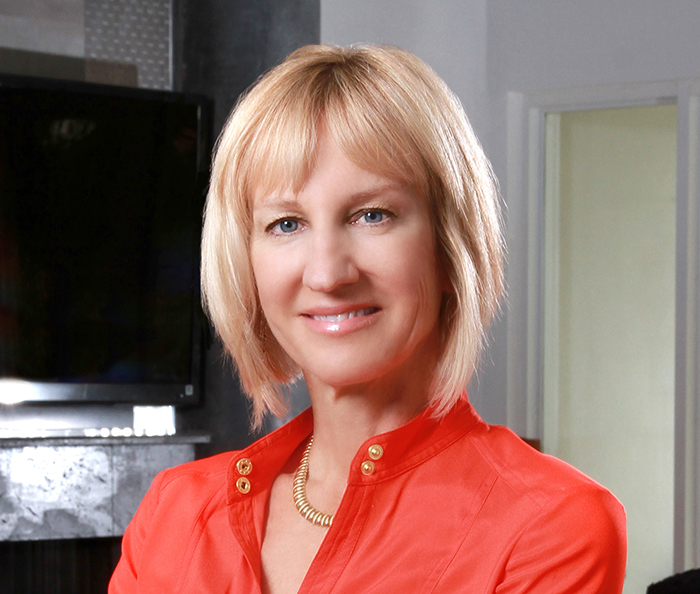Last month’s column discussed the current magnitude of family wealth, estimated at $46 trillion globally. Further, according to Federated Investors, the millennials will inherit $30 trillion from their Baby Boomer parents.
Those numbers are big business! However, if history is any indicator, the “shirtsleeves to shirtsleeves” phenomena of wealth dissipation will occur unless best practices are used to ensure sustainability of family wealth.
Many wealthy families approach the family business differently than “Our Family Wealth Inc.” as it relates to strategy, process, governance and resources. In her recent book, “Wealth Management Unwrapped,” family wealth thought leader Charlotte Beyer wrote, “The reality is that when it comes to your wealth, you are the CEO of My Wealth, Inc., whether you want it or not.”
When a family accumulates millions of dollars of personal net worth outside of a family operating business, they create an important organization in its own right. This enterprise generally has bank and investment accounts, real estate investments, hedge funds, private equity funds, collections, multiple residential dwellings, personal aircraft and other items of significant value.
If an operating business was capitalized with $100 million, it would not endure nor be successful without intentional vision, strategy, structure and process. Further, successful businesses have highly effective teams that work together supporting the vision and mission. Frequently, a family will not utilize even the most basic commercial enterprise management approaches. A family office can solve for this by facilitating the following best practices for Our Family Wealth, Inc.:
” Defining Family Mission: Defining the purpose of the wealth is an important component that links the goals of the family to ongoing wealth management activities. Mission provides direction to the family office and others who support the family. The family vision/mission can only be determined by the family.
” Mapping Our Family Wealth, Inc.: Understanding the components of wealth enables greater awareness, control and clarity around ongoing decision making. The wealth map includes family balance sheets, structures and their ownership, cash flows and succession planning.
” Investment strategy/planning: As the saying goes, “if you don’t know where you’re going, any road will take you there.” An investment strategy and plan are critical roadmaps to help navigate through the investment allocation and decision-making process.
” Consolidated reporting: Incorporating a process that not only aggregates data and investment information, but also reconciles cash flows and reviewing quality of data is critical. Financial institutions may inadvertently debit accounts, trades occur with incorrect pricing, and fraud ad cyber criminals may gain access to accounts. There are many reasons for a solid reporting and control process.
” Provider management: Most wealthy families work with over 20 service providers. This ecosystem is important, but needs direction to ensure integration with the overall family wealth objectives.
” Family governance and education: Family wealth enterprises flourish when there’s an understood governance system and ongoing education for family members to learn and grow in their roles.
” Wealth transfer planning: Effective wealth transfer requires ongoing focus as change is the only constant given that families change, transfer tax laws change, investment results change and new risk exposures surface.
When families bring sound practices to Our Family Wealth, Inc. it creates roles and individual purpose for the family members to contribute to the family mission/vision such as CEO, COO, CIO, board director. We’ll explore these best practices in more detail in a future column. ?
Julie Neitzel is a Partner and Advisor with WE Family Offices in Miami and a board member of the Miami Finance Forum. Contact her at Julie.Neitzel@wefamilyoffices.com or 305.825.2225.














